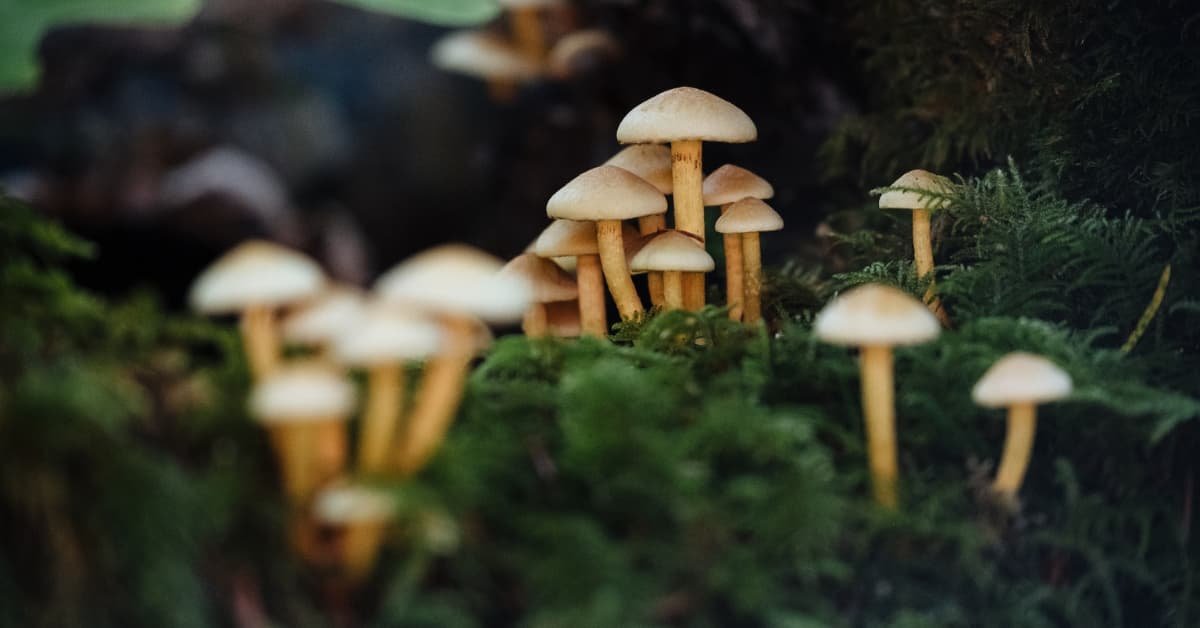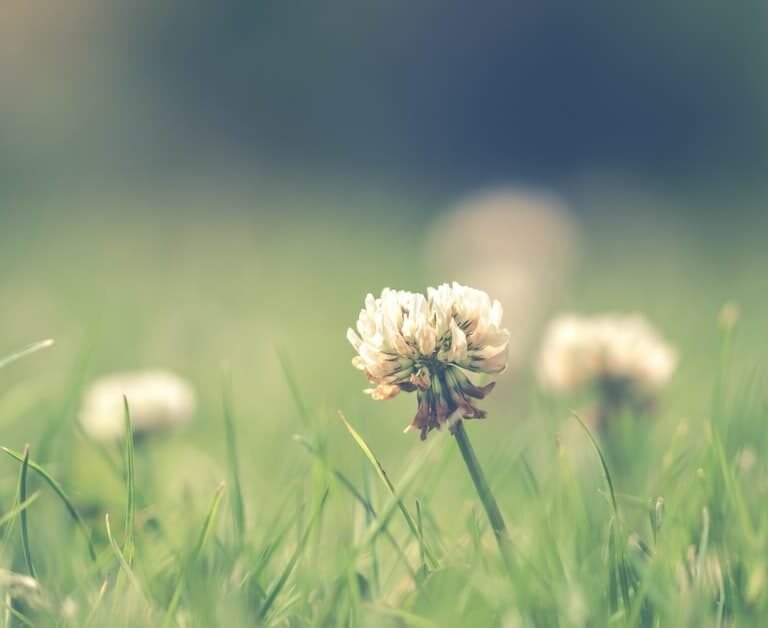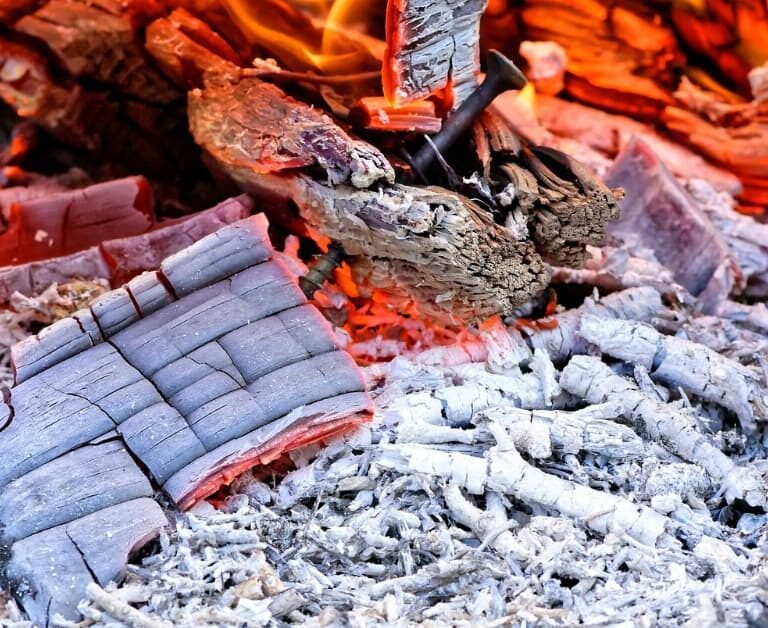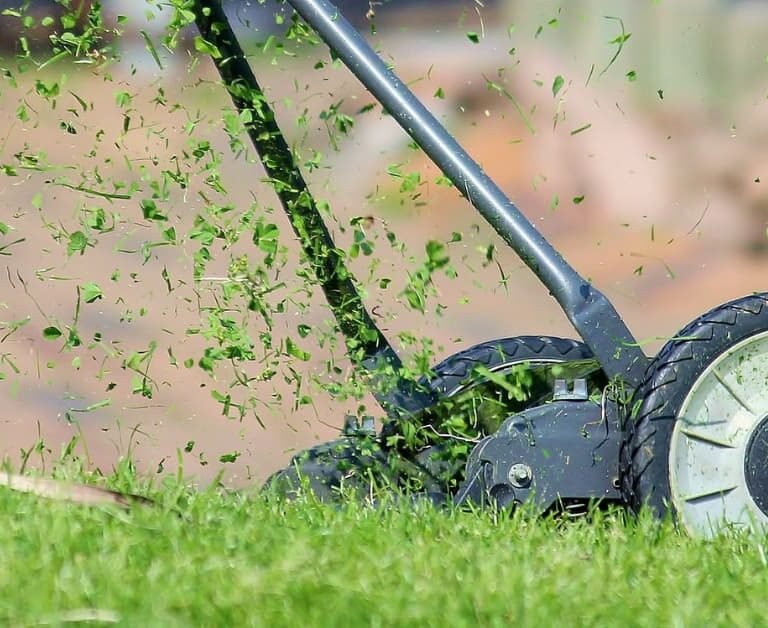
Mushrooms are a common sight in many yards, but not all mushrooms are harmless. Some can be toxic and pose a danger to children and pets.
Therefore, it is crucial to understand the conditions that promote mushroom growth and how to prevent it.
This article will explore the harmful mushrooms to avoid, the conditions required for mushroom growth, and the beneficial aspects of mushrooms.
With this knowledge, you can take the necessary steps to stop mushrooms in your yard.
Short Summary
- Understanding factors that promote mushroom growth is crucial to preventing it.
- Grass clippings should be removed from the lawn immediately after mowing to prevent a moist environment where mushrooms can thrive.
- Uprooting mushrooms as soon as they appear can help prevent their growth and reduce the number of spores present in the soil.
- Proper soil drainage and watering practices can help mitigate the conditions that promote mushroom growth.
Understanding Mushrooms
Mushrooms are a type of fungi that can be harmful to humans and thrive in conditions of high moisture and organic matter.
While mushrooms can add aesthetic appeal to a lawn or garden, they can also pose a health hazard, as some mushrooms contain toxins that can cause sickness or even death.
Proper identification of mushrooms is crucial, as some toxic mushrooms closely resemble edible ones.
Mushroom toxins can cause a range of symptoms, including nausea, vomiting, diarrhea, hallucinations, and liver failure. In severe cases, mushroom poisoning can be fatal.
It is important to remove any mushrooms found in the yard promptly and to discourage their growth through diligent lawn care.
By understanding the conditions that promote mushroom growth and taking preventive measures, homeowners can keep their yards safe and free of unwanted fungi.
Harmful Mushrooms to Avoid
Fungi found in lawns can be fatal if ingested and therefore, it is crucial to identify and avoid harmful mushrooms.
Identifying harmful mushrooms can be challenging as they can look similar to edible ones.
Some harmful mushrooms include the Destroying Angel, Deadly Webcap, False Morel, and Death Cap.
Mushroom poisoning symptoms can range from mild stomach discomfort to severe liver and kidney damage, and in some cases, death.
Symptoms may not appear right away, and it is essential to seek medical attention immediately if any signs of mushroom poisoning are present.
It is important to note that not all mushrooms found on lawns are harmful.
However, it is always better to err on the side of caution and avoid eating any wild mushrooms.
In addition, it is crucial to teach children about the dangers of wild mushrooms and to supervise them when playing outside.
By taking these precautions, you can enjoy a beautiful lawn without the risk of mushroom poisoning.
Conditions for Mushroom Growth
The growth of fungi in lawns is heavily influenced by environmental conditions. While some common mushrooms pose no threat, others can be harmful and even deadly.
It is important to understand the conditions that promote mushroom growth in order to prevent their proliferation and protect the overall health and aesthetic of your lawn.
Here are four key factors that contribute to mushroom growth in your yard:
- Moisture: Mushrooms thrive in damp environments, particularly in areas that receive heavy rainfall or have poor soil drainage.
- Shade: Mushrooms prefer shady areas and are more likely to grow in locations with limited sunlight exposure.
- Organic matter: Decomposing plant matter, animal droppings, and other organic materials provide a rich food source for mushroom growth.
- Temperature: Mushrooms grow best in temperatures between 60-80°F, making spring and fall ideal seasons for their proliferation.
Understanding these conditions can help you identify potential areas of concern and implement strategies to prevent mushroom growth and protect the health and aesthetics of your lawn.
Preventing Mushroom Growth
Preventing the growth of mushrooms in a lawn requires implementing specific strategies that target the environmental conditions that promote their proliferation.
Grass clippings, which provide a moist environment where mushrooms can thrive, should be removed from the lawn immediately after mowing.
Uprooting mushrooms as soon as they appear can also help prevent their growth.
This method not only eliminates the current growth but also reduces the number of spores present in the soil that could cause future growth.
Observing the lawn and removing animal droppings can also help prevent mushroom growth. Animal droppings provide the decomposing organic matter that mushrooms feed on, so it is important to remove them promptly.
Additionally, ensuring proper soil drainage and watering practices can help to mitigate the conditions that promote mushroom growth.
By following these strategies, it is possible to create an environment that is less conducive to mushroom growth, resulting in a more visually appealing and healthy lawn.
Beneficial Aspects of Mushrooms
One potential benefit of mushrooms is their ability to break down and decompose organic matter, serving as an important part of the ecosystem’s garbage crew.
Mushrooms are adept at breaking down dead plant matter and animal remains, returning nutrients to the soil that can be used by other plants.
In addition, they can also break down toxic substances, such as oil spills and industrial waste.
Mushrooms have also been used for centuries in traditional medicine due to their medicinal properties.
They contain compounds that have been shown to have anti-inflammatory, antioxidant, and anti-cancer effects.
Some species of mushrooms have been found to boost the immune system and improve cognitive function.
Additionally, mushrooms can be used in a variety of culinary dishes, from simple sautés to complex soups and stews, making them a versatile ingredient in the kitchen.
FAQs:
Can mushrooms grow on any type of soil?
As a general rule, mushrooms can grow on any type of soil. However, their growth is influenced by mushroom growth factors such as sufficient moisture, decaying organic matter, and suitable pH levels in the soil. Soil requirements for mushroom growth vary depending on the species.
How long does it take for mushrooms to grow in a yard?
Mushrooms can grow in a yard in as little as 24 hours under favorable conditions. Preventing mushrooms involves yard maintenance tips such as removing decaying matter, proper soil drainage, and using fungus prevention measures. Mushroom removal techniques vary depending on the species, some of which are harmful and others are edible.
Are all mushrooms harmful to animals?
Not all mushrooms are harmful to animals, but some may be toxic and pose serious toxicity concerns. It is important to be aware of the potential risks and ensure animal safety by preventing access to potentially harmful mushrooms.
Can mushrooms be eaten if they grow in a yard?
Mushroom consumption guidelines suggest that only edible varieties should be consumed. It is advised to not consume mushrooms that grow in a yard, as they may be contaminated and difficult to identify. However, some edible mushrooms can be found in yards and used for culinary purposes with proper identification and caution.
What is the best time of day to remove mushrooms from a yard?
When is the best time to remove mushrooms from your yard? Morning is the optimal time because newly emerged mushrooms are easier to spot. Effective techniques for preventing mushroom growth include proper soil drainage and removal of decaying matter.




